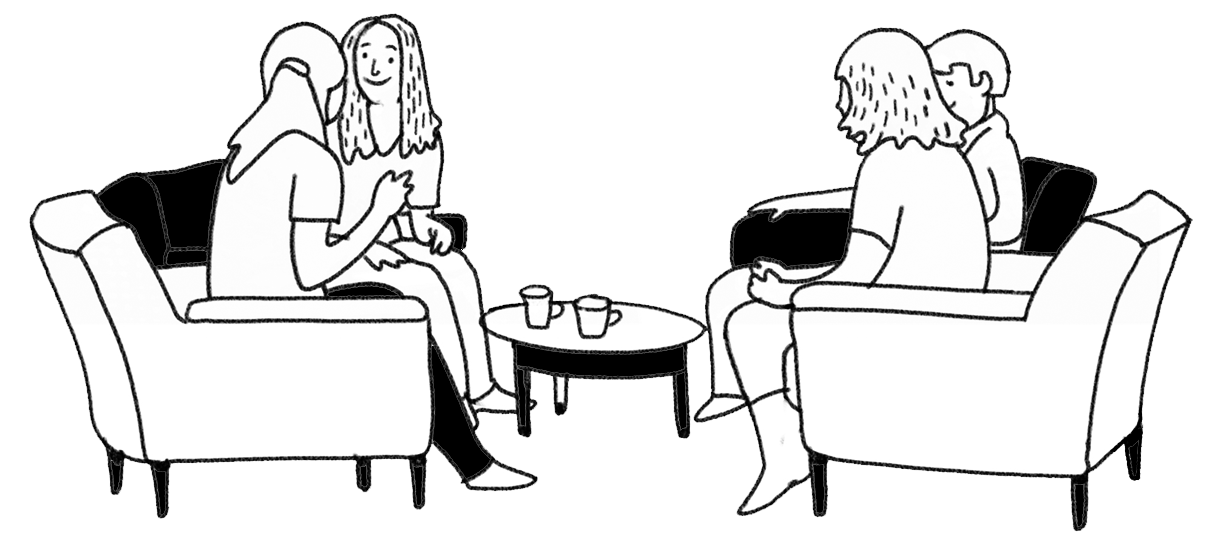Last night I went to see Deborah Tannen give a lecture on men and women’s different conversational styles…
She kicked off the talk by showing us videos of boys aged 5,10 and 15 each chatting with a close friend. Then she showed us girls in the same way. The contrast in how they talked was fascinating.
Boys sat side by side and didn’t engage in full-on eye contact. When one looked at his friend, the other looked away.
Girls, in contrast, sat facing each other or at 45 degree angles. They engaged in a lot of eye-contact and physical intimacy.
Whilst Deborah stressed that there are lots of factors that affect our conversational styles: culture, sexual orientation, class as well as gender, it was really clear to see that some men and some women are very different in the ways they talk.
The content of talk between the genders is different too. It seems that women spend time focusing on making connections – or bonds. Note that connecting can be controlling as well as caring! Men spend time with friends ‘doing’ more than talking, and when they talk it’s often to establish hierarchy – who’s leading and who’s following. Although men’s talk is competitive, it can be playful and creative… it’s not all aggression.
Deborah reminded us that in all language there is message and meta message – meta messaging being the meaning that is intended in the communication. Often the meta message women want to communicate is about caring, but for men it is about where they are in the hierarchy.
Here’s an example she gave: for some people speaking to fill a silence gap is about showing you care about the group, helping to create conversational flow… for others it’s about trying to take over – the person who’s speaking is the one with the power and the attention. So understanding that there are different meanings behind behaviour is key…
What does this mean for research?
Here was my take-out:
- be sensitive to different conversational styles between men and women and make sure that women are set up so they can start to feel connections in the group, and that men don’t feel put down. Men can be more natural in groups doing rather than talking about things, so insight can come from them in different ways…
- think about room set up – give women the chance to see each other and maintain eye contact. Realise that men might want to sit alongside each other, and that eye contact could feel uncomfortable
- In interpretation be really aware of meta language – what was meant, not just what was said
- Try to spot too ‘conversation as a ritual’ what ‘plays’ have people used with their conversation and what does this mean about how they are feeling or what they need
Deborah has published three books related to the talk I attended: ‘You Just Don’t Understand’; ‘You’re Wearing That’ and ‘talking from 9-5’ (about workplace conversation…)
Could be worth a read!



